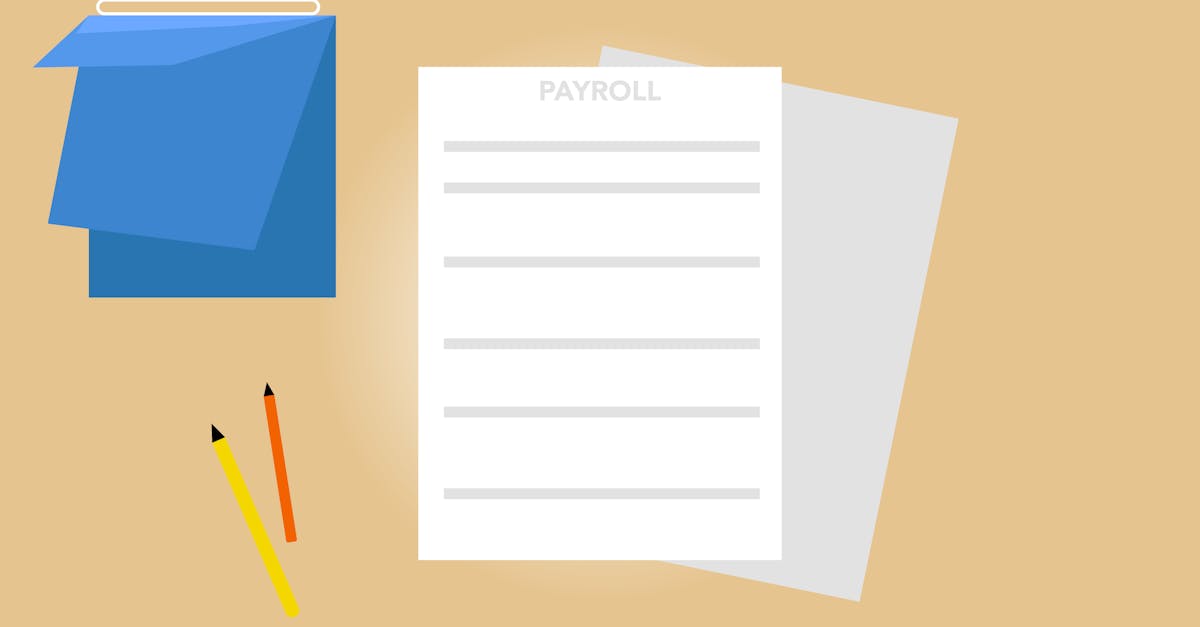
Introduction
Hiring quickly without creating legal headaches? For growing small businesses, juggling offer letters, classification rules and exit paperwork turns onboarding into a bottleneck — and a compliance risk. Misclassified contractors, missing signatures, and scattered documents cost time and expose you to audits. Document automation can fix that: auto-filled offers, conditional checks, e‑sign envelopes and auditable storage make hiring faster and defensible.
In this post you’ll find seven ready-to-use templates and practical automation recipes that map to real-world needs — from hourly staff, salaried roles and contractor packs to offer‑to‑onboard flows, conversion checklists, termination and severance packs, and deployment checklists. You’ll get modular employee agreements, NDAs, payroll-ready contracts and step‑by‑step automation flows so HR, legal and managers can close hires faster with less risk.
Match templates to common small business roles: hourly staff, salaried employees, and contractors
Hourly staff
Use a concise offer letter plus a short employee contract template that sets out pay rates, shift rules, overtime, probation, and workplace agreement basics. Keep clauses focused on timekeeping, eligibility for benefits, and notice periods. For quick deployment, use an offer letter that auto-populates wage, start date, and reporting manager.
Key elements for hourly roles
- Pay rate and payroll schedule
- Shift expectations and availability
- Overtime rules and break entitlements
- Probation period and termination notice
Salaried employees
Use a more detailed employment contract that covers salary, bonuses, paid leave, benefits, intellectual property, non-compete agreement clauses (where enforceable), and an employee confidentiality agreement. Make sure the document includes performance review cadence and termination provisions.
Key elements for salaried roles
- Salary, bonus structure, and benefits
- Confidentiality and IP assignment (employee confidentiality agreement)
- Non-compete and restrictive covenants where lawful
- Notice, garden leave, and severance triggers
Contractors / freelancers
Use an independent contractor agreement that defines scope of work, deliverables, payment terms, invoicing, GST/VAT treatment, IP ownership, and clear contractor classification language. Pair it with a short NDA when they access confidential systems.
Why pick different templates?
- Employment contract vs contractor agreement: different tax, benefits, and control considerations
- Using the right form reduces misclassification risk and simplifies payroll and compliance
- Keep employee agreements and contractor packs in separate libraries for easy access
Start templates: offer letter, employment agreement, independent contractor agreement.
Offer letters and acceptance flows: auto-fill, background checks and e‑sign recipes
Design the offer letter as the intake form for onboarding.
Use an offer letter template that auto-fills candidate name, role, compensation, start date and manager. The letter should link to the full employment contract if required and request candidate acknowledgements.
Acceptance flow recipe
- Trigger: HR marks candidate “offer accepted” in ATS.
- Auto-fill: Pull candidate fields into the offer letter and employment contract.
- Conditions: Add checkbox for background checks, right-to-work verification, or probation conditions.
- E‑sign: Send both the offer letter and (if required) the employment agreement for e‑signature with audit trail.
Background checks
Include conditional steps in the workflow: only trigger criminal, education, or reference checks when the role requires it. Keep consent and privacy language in the offer and link to your onboarding privacy notice.
Tools and templates
- Primary offer template: Offer letter
- Employment contract to attach: Employment agreement
- Use an NDA when needed: Employee confidentiality agreement / NDA
Converting contractors to employees: template checklist and classification safeguards
Conversion checklist
- Review the original independent contractor agreement and deliverables: Independent contractor agreement.
- Confirm business reasons for conversion (control, regular hours, equipment use).
- Issue a new employment contract with start date, salary, paid leave, super/pension and benefits: Employment agreement.
- Run payroll setup, tax forms, and benefits enrollment.
- Update IP and confidentiality terms; consider a fresh NDA or confidentiality schedule.
Classification safeguards
Document the changed working relationship: job description, reporting line, expected hours, and who provides tools. Keep comparative records showing the shift from project-based to ongoing employment to reduce misclassification risk during audits.
Practical tips
- Keep a signed termination/variation of the contractor agreement if you’re ending it: Termination letter can be adapted to close contractor engagements.
- Negotiate a clear start date for the employment agreement to avoid overlap that could create ambiguity.
- Run a quick legal or payroll review for international hires or where local laws (eg. employee agreements australia) apply.
Termination, severance and exit documentation templates to reduce risk
Have a clear exit pack ready.
Prepare templates for involuntary and voluntary exits. Standardize the language around final pay, accrued leave, notice periods, IP return, company property, and continuing confidentiality obligations (employee confidentiality agreement).
Essential exit documents
- Termination letter with reason and effective date: Termination of employment letter.
- Severance agreement and release terms for higher-risk separations: Severance agreement.
- Post-employment confidentiality and trade secret clauses: Employee confidentiality agreement / NDA.
Common clauses to include
- Final pay, accrued leave payout, and timing
- Return of property and access revocation
- IP assignment confirmation and non-compete or garden-leave if enforceable
- Mutual release where severance is provided
Risk reduction tips
- Tailor severance to the legal risk and document the business rationale.
- Ensure termination packs are reviewed and signed before payment where local laws allow.
- Keep copies of signed agreements in a secure, auditable location to support later disputes.
Automation recipes: auto‑generate agreement packs, trigger onboarding workflows, and schedule review reminders
Agreement pack automation
When a candidate accepts, trigger a workflow that bundles the offer letter, employment agreement/NDA, tax forms, and policy acknowledgements into a single e‑sign envelope. Auto-fill fields from your ATS/HRIS to eliminate duplicate data entry.
Typical automation flow
- Trigger: Candidate status -> Offer accepted.
- Generate: Auto-fill offer + employment contract + NDA templates.
- Conditionals: Add background check step or contractor agreement instead if classification flag is set.
- E‑sign & store: Route to candidate and HR, capture signatures, store PDF with metadata.
- Post-sign triggers: Create payroll record, assign equipment ticket, schedule new-hire training, set review reminders.
Scheduling review reminders
Use calendar triggers to schedule probation review, contract renewal reminders, and non-compete expiry alerts. This supports contract management for HR and reduces manual oversight.
Integration notes
- Connect e‑sign to a secure document store with versioning and retention policy.
- Log events to your HRIS for headcount and compliance reporting.
- Keep templates like the employment agreement and NDA ready for automated generation.
Quick implementation checklist: test runs, approvals, and storing signed copies for compliance
Pre-deployment checks
- Legal review and sign-off on core templates (offer letter, employment contract, contractor agreement).
- HR checklist: required fields, pay elements, and jurisdictional clauses (eg. employee agreements australia).
- Security review for storage and access controls.
Test runs
- Run internal sign-off tests with mock candidates to validate auto-fill, e-sign, and storage.
- Test conditional steps like background checks and contractor vs employee branching.
- Confirm audit trail and metadata capture for each signed document.
Approvals and governance
- Define who can edit templates and who can approve ad-hoc variations.
- Keep an employee agreement checklist for manager approvals before offers go out.
Storing signed copies
- Centralize signed documents in a secure repository with retention rules and search tags (employee name, role, start date).
- Keep copies linked to the employee record in HRIS and to payroll files for ease of audit.
- Backup and encrypt documents; record access logs for compliance.
Suggested templates to deploy first for faster hires and lower legal overhead
Priority 1: Offer letter
Use a simple, auto-fill offer letter to get commitments quickly and trigger the onboarding workflow. Template: Offer letter.
Priority 2: Employment agreement (salaried and hourly)
Deploy a flexible employment contract with modular clauses for confidentiality, non-compete agreement language where appropriate, and termination. Template: Employment agreement.
Priority 3: Independent contractor agreement
Have a standard contractor pack to close talent quickly without creating employment obligations. Template: Independent contractor agreement.
Priority 4: NDA / Employee confidentiality agreement
Deploy a short NDA to protect trade secrets and customer data from day one: Non-disclosure agreement.
Priority 5: Termination & severance
Prepare termination and severance templates for unexpected separations to reduce legal exposure: Termination letter, Severance agreement.
Deployment tips
- Start with one role (eg. sales) and roll templates out by department.
- Use an employee contract template library and store employee agreements sample documents for training HR staff.
- Monitor and iterate: collect feedback on clauses that repeatedly cause negotiation and update the templates to reduce legal overhead.
Summary
This post walks through seven ready-to-use templates and practical automation recipes that cover the full hire-to-exit lifecycle — from quick offer letters and contractor packs to conversion checklists, severance agreements and automated onboarding flows. Using modular templates and automated workflows reduces manual data entry, lowers misclassification risk, creates auditable signatures, and keeps HR and legal aligned so teams can close hires faster. Embed your core employee agreements in these flows and connect e‑sign, HRIS and document storage to make compliance repeatable. Ready to get started? Explore templates and automation at https://formtify.app.
FAQs
What is an employee agreement?
An employee agreement is a contract that sets out the terms of employment, including pay, duties, hours, benefits and notice periods. It also typically covers confidentiality, IP assignment and other protections that help manage risk for both the employer and the employee.
Does an employee agreement have to be written?
Legal requirements vary by jurisdiction, but having a written employee agreement is strongly recommended because it provides clear evidence of terms and reduces disputes. In some places certain elements (like non-compete clauses or minimum employment terms) may only be enforceable if recorded in writing.
Can an employer change an employee agreement?
Changes normally require agreement from both parties unless the contract itself allows unilateral variation and that right is lawful and reasonable. Best practice is to issue a documented variation or new agreement, obtain the employee’s acceptance (ideally in writing or via e‑sign), and consult HR or legal for higher‑risk changes.
What should be included in an employee agreement?
Key elements include compensation and pay schedule, role and duties, hours or shift expectations, benefits, confidentiality/IP clauses, termination and notice provisions, and any restrictive covenants where enforceable. You should also include jurisdictional or payroll details and links to relevant policies like privacy and workplace rules.
How long does an employee agreement last?
It depends on whether the contract is fixed‑term or open‑ended: fixed‑term agreements expire on the stated date, while ongoing agreements continue until terminated by notice or agreement. Always document probation periods, renewal terms and any automatic expiry clauses and check local rules for limits on fixed‑term arrangements.





